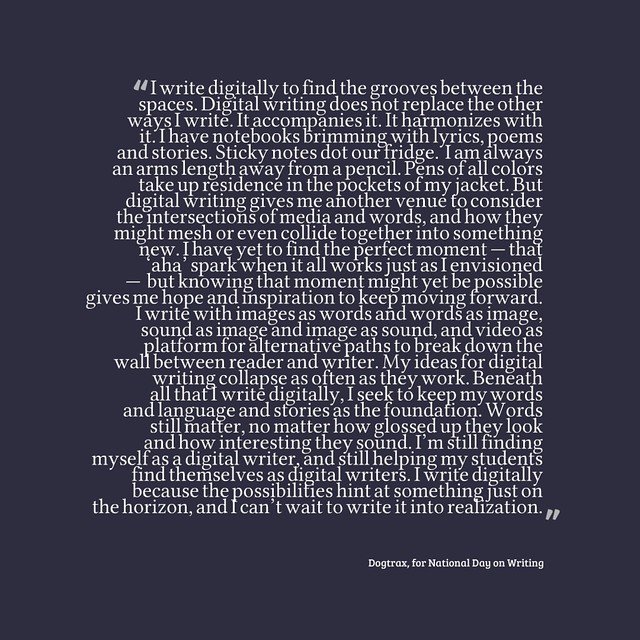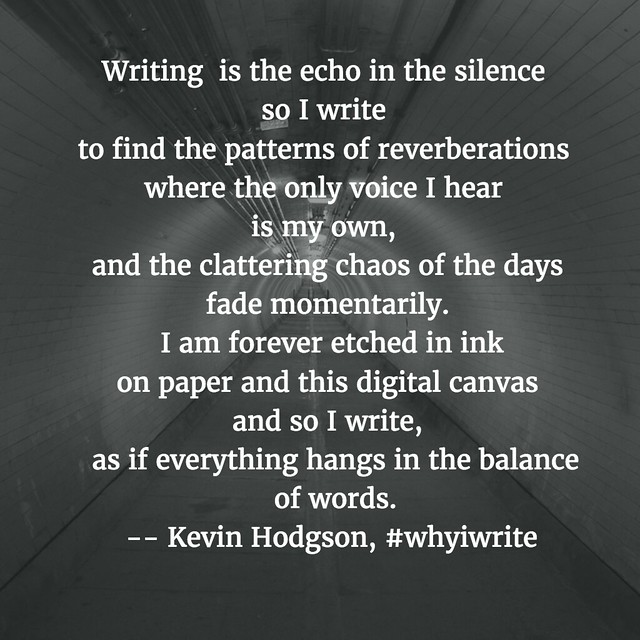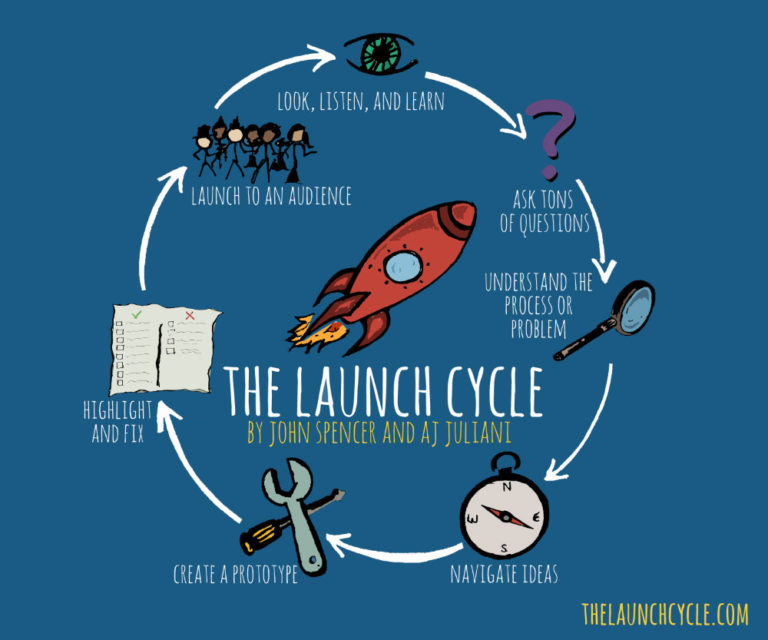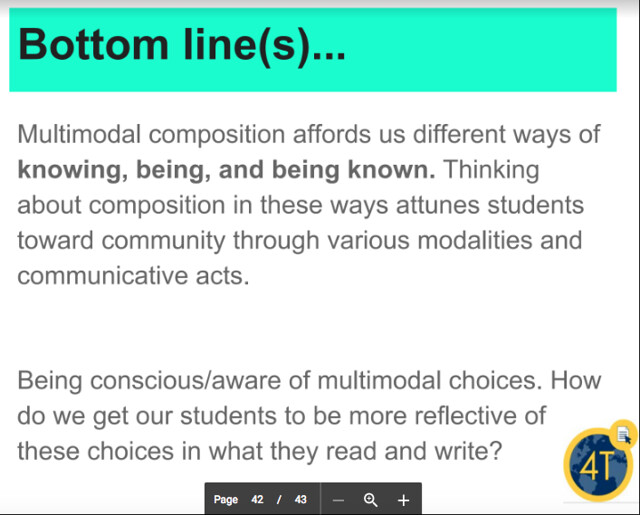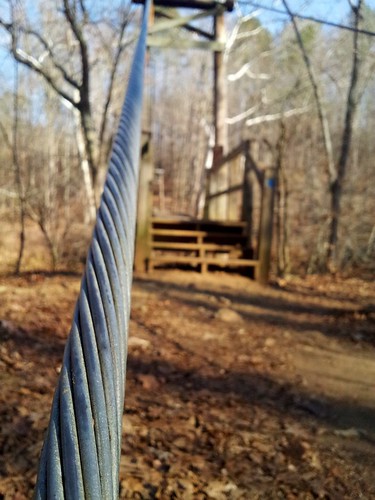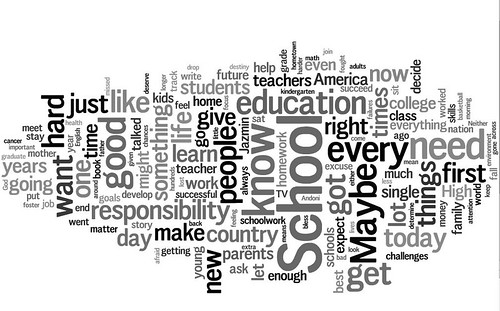(This is a post for Slice of Life, a regular writing feature hosted by Two Writing Teachers. We write about moments. You write, too.)
I wish I could embed the media piece I want to write about today, but you will have to go to Mariana’s blog to see and hear it. Then, come on back!
<… we pause here for a blog break … musical interlude … >
Are you back?
Isn’t that nifty and cool?
Mariana shared out the final version of this impromptu collaboration yesterday and I was so excited about it for a many reasons. This all began in the DS106/Daily Create ecosystem, as Mariana and Vivian are both regulars in my DS106 Twitter stream.
The other day, for a Daily Create assignment to create an animated gif, I took that saxophone player image and layered an animation of notes on top of it.
Mariana saw it, and wondered if she could take it a step further. She wanted to split the original image and tie them back together in a gif format called Stereogram. I had included Viv in a tweet back to Mariana because I know Viv is also a saxophone player. Viv suggested adding a layer of saxophone music to the gif.
Viv recorded her part and then put it on Soundcloud. I grabbed the file off Soundcloud, pulled it into Soundtrap and then realized that my tenor saxophone was at my bandmate’s house,. So I dusted off my soprano sax, and proceeded to riff off the top of Viv’s part, as best as I could.
That file was soon up in Soundcloud so that Mariana could grab it and layer it on her gif … and that’s what she shared out yesterday. It was very cool.
So, a few things to reflect upon: collaborative creativity like this always gets me curious and energized. I know Mariana and Viv via social media circles (mostly DS106) but the passing around of media was rather seamless. We created together, collaboratively. We shared, downloaded, added, uploaded, shared again. We live in different parts of the world but that didn’t matter. We were working together.
Second, Viv and I have periodically thought: we should figure out a way to accompany ourselves on saxophone. I don’t know many other sax players in my online circles. Viv is one of the few. So, finally getting a chance to “jam” with her was great. The gif was a perfect opportunity.
Third, this was all fun. Thanks, Mariana. Thanks, Viv.
Peace (sounds like music),
Kevin

